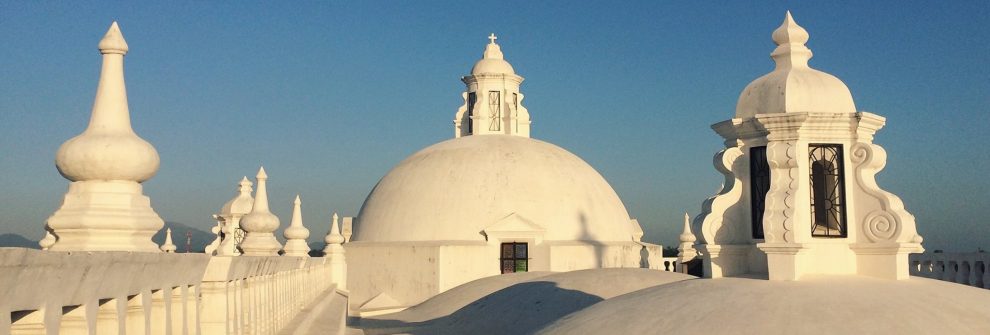The readings for this week were indeed terrible and are appropriately named, “sometimes called the dirty wars, sometimes called guerrilla wars, sometimes labeled as ‘terrors’” (Dawson, 284). Conflict is yet again present in Latin America and this time, more than ever.
Evidence of the ‘terrors’ can be seen in Peru. For example, “between the 1960s and the 1990s, the region went through one of the bloodiest periods since independence” (Dawson, 283). In fact, the Peruvian economy was a mess, except in the cocaine business where “guerrillas, army officers, and corrupt government officials were growing rich from cocaine while Peru fell apart” (Dawson, 284). In May of the year 1980, the Sendero Luminoso movement was introduced to Peru when some members destroyed the election ballot boxes for the first democratic election in over ten years. This up-rise made a lot of sense to the Peruvians living in the rural highlands as they did not gain much from the democratic system, however not all Peruvians living in cities felt the same way. This movement actually began because of a different movement led by Fernando Belaunde Terry twelve years prior but he was eventually overthrown in a coup in 1976. Due to the consequences of these events, Peru became more radical. A revolution began, led by Abimael Guzman, known as Presidente Gonzalo. Women started standing up against their husbands and “corrupt government officials, landlords, and cattle thieves met ugly fates at the hands of the Sendero’s cadres in the early 1980s” (Dawson, 298). Over time, the Sendero movement’s influence drastically expanded because of all the rural communities. If there hadn’t been so many rural towns, the movement probably wouldn’t have been able to expand. I think it’s fascinating to see how much influence and power the Senderos accumulated so quickly.
Something else I found interesting in this week’s readings were the “testimonios” that grew in the 1980’s. The testimonios were supposed to be “a means of relating these experiences” (Dawson, 300). These touch less on Peru and more on Latin America overall but are equally intriguing to read about. Several different writers shocked their audiences with different accounts of their experiences. One writer, Alicia Partnoy, even talked about “surviving torture by the Argentine military” (300). The text opens up a conversation about how people who partook in such tortures and horrible things are still living normal lives today. My question for this week would be: what specific reactions did people have to the testimonios and how did it affect them long term?
Sophie
